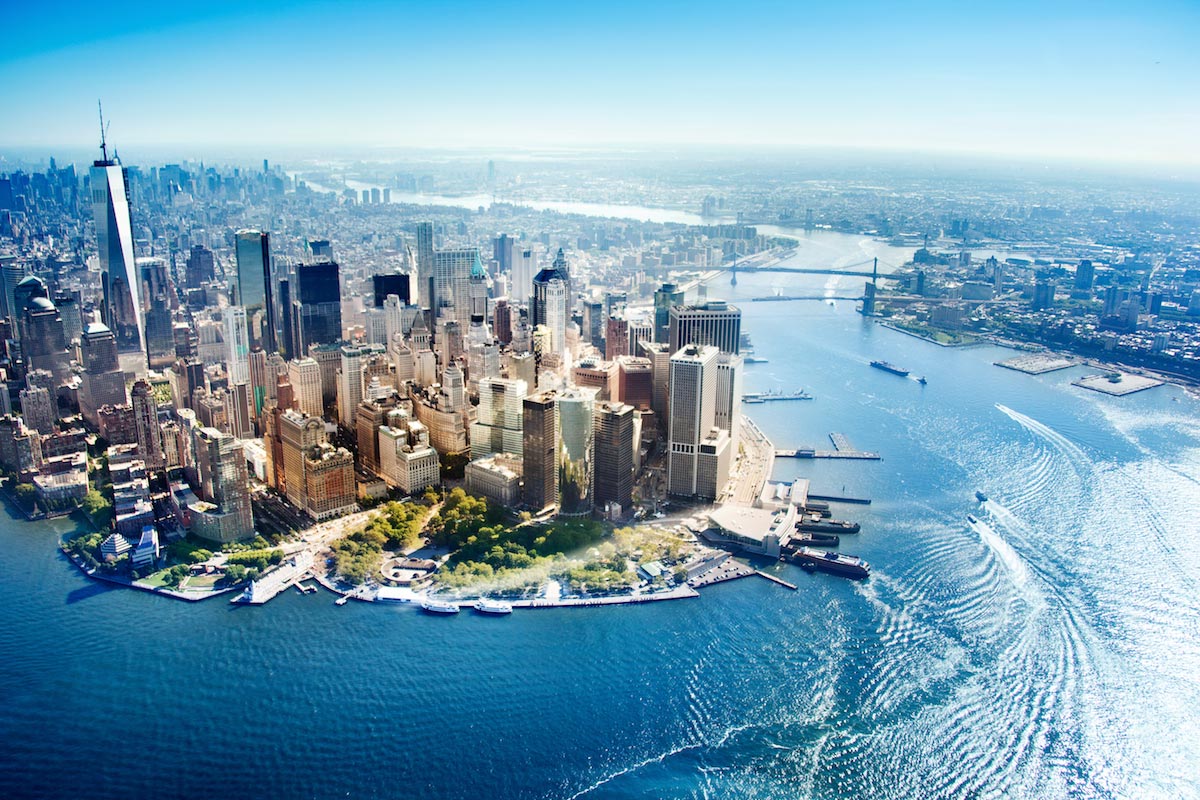Partygoers flaunt social distancing rules at water park in “coronavirus-free” Wuhan
08/19/2020 / By Franz Walker

In the city of Wuhan, thousands of partygoers packed a water park with no face masks in sight, dancing and cheering along as a deejay in bright yellow headphones played music on stage.
The scene is quite different from what has most have come to expect from 2020. However, this was exactly the scene at the Wuhan Maya Beach Water Park this weekend as the city returned to normal while the rest of the world continues to battle the pandemic.
Wuhan is back to normal
Wuhan was once the epicenter of the global pandemic and the site of the world’s first COVID-19 lockdown. Back in January, authorities had entirely cut off the city of 11 million from the rest of China as thousands of residents were tested and placed in quarantine over the next few months. Meanwhile, all large public gatherings were canceled and people were told to avoid gathering altogether.
As a result, Wuhan effectively became a ghost town for the first few months of the year, as work stopped and people were forced to stay at home. Even when restrictions were eased somewhat in March, people were still restricted from going out – only one resident per household was allowed to leave their residential compound for a maximum of two hours.
The lockdown was eventually lifted on April 8 and Wuhan – and the surrounding Hubei province – has not seen any domestically transmitted cases of the coronavirus since mid-May. While the cases in mid-May cause a bit of alarm, since June, the city has been slowly returning to normal.
The images of partygoers at the HOHA Water Electrical Music Festival over the weekend seem to punctuate the city’s recovery. Event organizers were even offering female tourists tickets at half price in a bid to attract even more visitors.
Water park owners Wuhan Happy Valley re-opened on June 25; however, according to its deputy general manager, the park only started getting more visitors this August.
Currently, the park sees around 15,000 visitors on weekends, he said, about half of what it saw during the same time last year.
“Coronavirus-free” Wuhan is still vulnerable to the pandemic
While Wuhan celebrates being “free” from the coronavirus, experts are warning that the city is still at risk.
Australian National University associate professor in infectious diseases Sanjaya Senanayake says that even if a majority of the city’s residents have been tested, there is still the risk of the coronavirus being introduced from elsewhere.
“The problem is we haven’t eradicated Covid-19, and what that means is that as long as it’s not eradicated, there’s still the risk of having it introduced, whether from overseas or elsewhere,” he said to the BBC.
Senanayake points to the example of New Zealand which reported a new spike in cases earlier last week, even though it had no locally transmitted cases for more than three months.
“A study from London came out suggesting that about 10-20 percent of people with Covid-19 are responsible for about 80% of cases,” he explained.
“So if you’re putting large groups of people together you really have to be careful,” he added. “Even if one person has the virus, you’re in for some rough times.”
Other countries that are experiencing resurgences of the virus after having initially dealt with it successfully may serve as a warning for Wuhan. In addition to New Zealand, a new wave of cases is also afflicting South Korea, a country praised for having seemingly contained the virus early on. (Related: South Korea says relapsed coronavirus cases are “testing flukes.”)
Learn more about the Wuhan coronavirus outbreak over at Pandemic.news.
Sources include:
Tagged Under: China, coronavirus, covid-19, disease, epidemic, Flu, outbreak, pandemic, party, social distancing, superbugs, virus, Wuhan, Wuhan coronavirus
RECENT NEWS & ARTICLES
Pandemic.News is a fact-based public education website published by Pandemic News Features, LLC.
All content copyright © 2018 by Pandemic News Features, LLC.
Contact Us with Tips or Corrections
All trademarks, registered trademarks and servicemarks mentioned on this site are the property of their respective owners.





















